The Top 10 Albums of 1985
Even though it wasn't an election year, in 1985 Alex P. Keaton could have run for president--and won.
In July of 1985 a friend called me up and asked if I wanted to go see Back to the Future. I had no idea what he was talking about.
“You haven’t seen the previews? Man. Come on, my mom will drive us.”
“OK.”
I saw Back to the Future 14 times that summer. I went with every one of my friends, and then in different combinations. I went with my dad, then with my brother, then with both my parents. I went with the girl I wanted to be my girlfriend, but didn’t yet know why it was I was supposed to want to have a girlfriend. What I did know:
- I needed to get a real haircut.
- I needed to buy that Huey Lewis tape.
- I was going to have to learn how to play guitar.
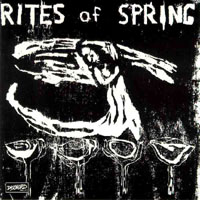
10. Rites of Spring, Rites of Spring
Arguments aside about emo and what it is or isn’t, supposing that the first Rites of Spring album is the first emo album, that means the genre has been around for 22 years. Put down your applesauce and think about that for just a moment: 22 years. That’s 22 years of buying the same jeans. Two decades of getting the same haircut. An entire generation spent saying you’re not emo. Now there are people who were born after this album came out who can legally go to an emo show and order a drink—but if Ian MacKaye is there he’ll slap it out of their hand so, you know, word to the wise.
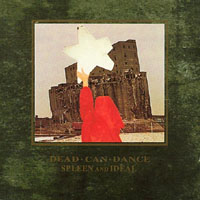
9. Dead Can Dance, Spleen and Ideal
Dead Can Dance is an idea that could have gone so brilliantly wrong, with its orchestral arrangements, sometimes using archaic instrumentation, always with a heavy dose of seriousness. This is music for people who use the word “preternatural” and mean it. For their second album, Lisa Gerard and Brendan Perry honed their concept, focused on the arrangements, and gave up the ghost on being a goth band. But they weren’t beyond ripping a mean bass line every now and again.
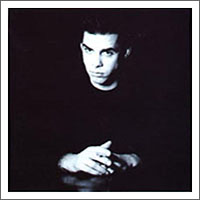
8. Nick Cave & the Bad Seeds, The Firstborn Is Dead
More facts about Nick Cave: If Nick Cave visits your house and opens your refrigerator, all of your dairy products will expire—get on his case about it and you will too. Nick Cave walked into a bar; the bar said “Ouch.” When Nick Cave sits down to mend a tear in his trousers, he uses a voodoo doll for a pincushion. Nick Cave laughed when he read The Road.
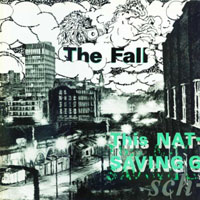
7. The Fall, This Nation’s Saving Grace
In the late ’90s I used to work for an environmental engineering company in Austin, editing reports on spill cleanups and proofreading groundwater sample results. It was satisfying work, and better, karmically speaking, than my other post-collegiate work experience in collections and insurance sales. The company had an annual awards luncheon, and our CEO flew in from Wisconsin to emcee. After the ceremony, my supervisor introduced me to the CEO, whose name was Mark E. Smith.
“So you’re Mark E. Smith?”
“Yes! Great to meet you!”
“It’s great to meet you too, Mark E. Smith.”
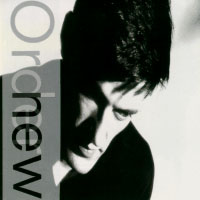
6. New Order, Low-Life
You can have your “Take on Me” and your Captain Lou Albano, in my book there’s no better music video than the one Jonathan Demme directed for New Order’s “The Perfect Kiss” in 1985. The 10-minute, uncut video shows them playing the song live in a studio—never has knob twisting been more fascinating to watch. When Bernard Sumner appears with a cowbell in hand, it looks like things could go downhill fast. But then he starts in on that thing with such a delicate, expert hand that frankly, it makes the song. More cowbell? No: better cowbell.
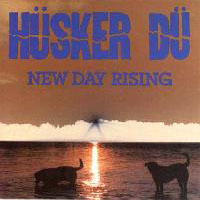
5. Hüsker Dü, New Day Rising
Something like 12 years ago Bob Mould moved to Austin, and all my friends officially went on Bob Mould watch. They were so amped.
“Did you hear Bob Mould moved to town?”
“The guy from Sugar?”
“Um yeah—and Hüsker Dü?”
“The children’s clothing company?”
I was late to Hüsker Dü. I was not a big fan. I was being a twerp. I did like some Sugar songs though.
One day I was waiting in line at a bagel shop near the university when in walks Mould and a friend. I’m sure it was him; the person I was with had started weeping. The line was fairly long, and Mould’s friend said something to him about pulling indie-rock rank and going to the front of the line. Mould was fiercely against the idea. His friend was all like Why not? Mould became so increasingly embarrassed, he rushed out with his friend in tow.
We’d spot him elsewhere around town. Always nice to everyone, and a good tipper, from what I heard. Unlike Kevin fricking Costner.
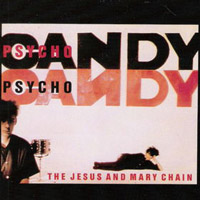
4. Jesus and Mary Chain, Psychocandy
Along with drum ‘n bass and everything else, it’s possible This Heat may have invented shoegazing, but the Jesus and Mary Chain were the first to really, erm, run with it. Their earliest album was the first to make a sound out of reverb-saturated, distorted guitar pop. Though it’s impossible to say who the true originator of shoegazing was, let the records show for future civilizations that the Jesus and Mary Chain beget My Bloody Valentine, who beget Sofia Coppola, who beget Bill Murray, and it was good.
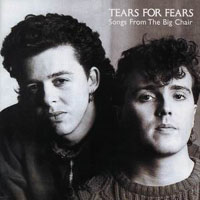
3. Tears for Fears, Songs From the Big Chair
The first time I heard “Shout” was from a friend, who had just heard it on the radio and was reciting all the lyrics he could remember over the phone: “Shout / Shout / Let it all out…”
“No, no, no,” I corrected him, the song he must have been thinking of was “Shout at the Devil” by Mötley Crüe, my favorite band. I explained that the song actually went, “Shout / Shout / Shout / Shout at the Devil.”
When I finally heard the Tears for Fears song on the radio, I thought it was whatever. It would be another 17 years before Josh Allen would convince me otherwise.
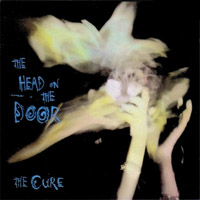
2. The Cure, The Head on the Door
Starting with 1984’s The Top—and more specifically with “The Caterpillar”—we entered Middle Cure, when Robert Smith pulled his head out of the oven and started writing the sugary tunes that would launch a thousand mix tapes. Smith had a revolving-door policy on most band members, a list of whom reads like the credits on a Bulgarian slasher movie. With The Head on the Door, he finally had in place the lineup that would propel him through the Cure’s most pioneering work.
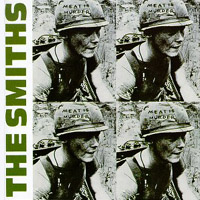
Album of the Year: The Smiths, Meat Is Murder
There’s a lot that’s said about Johnny Marr and Andy Rourke and Mike Joyce of the Smiths, and how talented they were and what a tight unit they were as a band—and yet there’s a lot more that’s said about Morrissey. In a surprising reversal of musical order, Meat Is Murder showed off the band much more than it showcased Morrissey. Extended jams… bass solos… “How Soon Is Now” is more un-sung than you’d expect from the song that’s become emblematic of Morrissey and his Smiths.
Yet it’s hardly possible to completely drown out a figure like Morrissey, who, like a hybrid engine, appears to lack charisma, only to silently generate more. And that’s what makes Meat Is Murder such a perfect band album. Where their first album has a forgivable misfire or two, here they get the personality ratios right. Their secret weapon was neither Morrissey nor Marr—it was the whole package.
